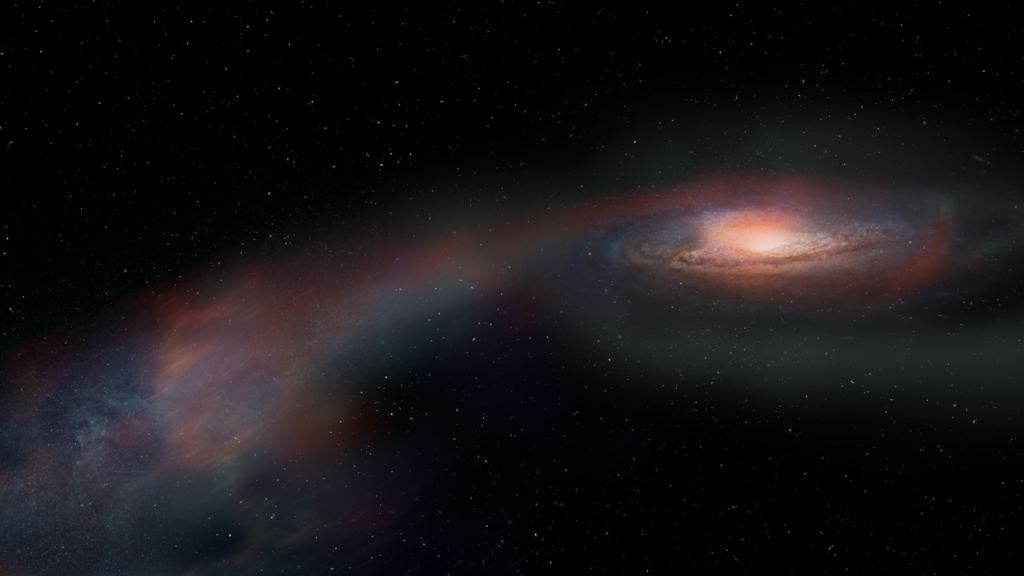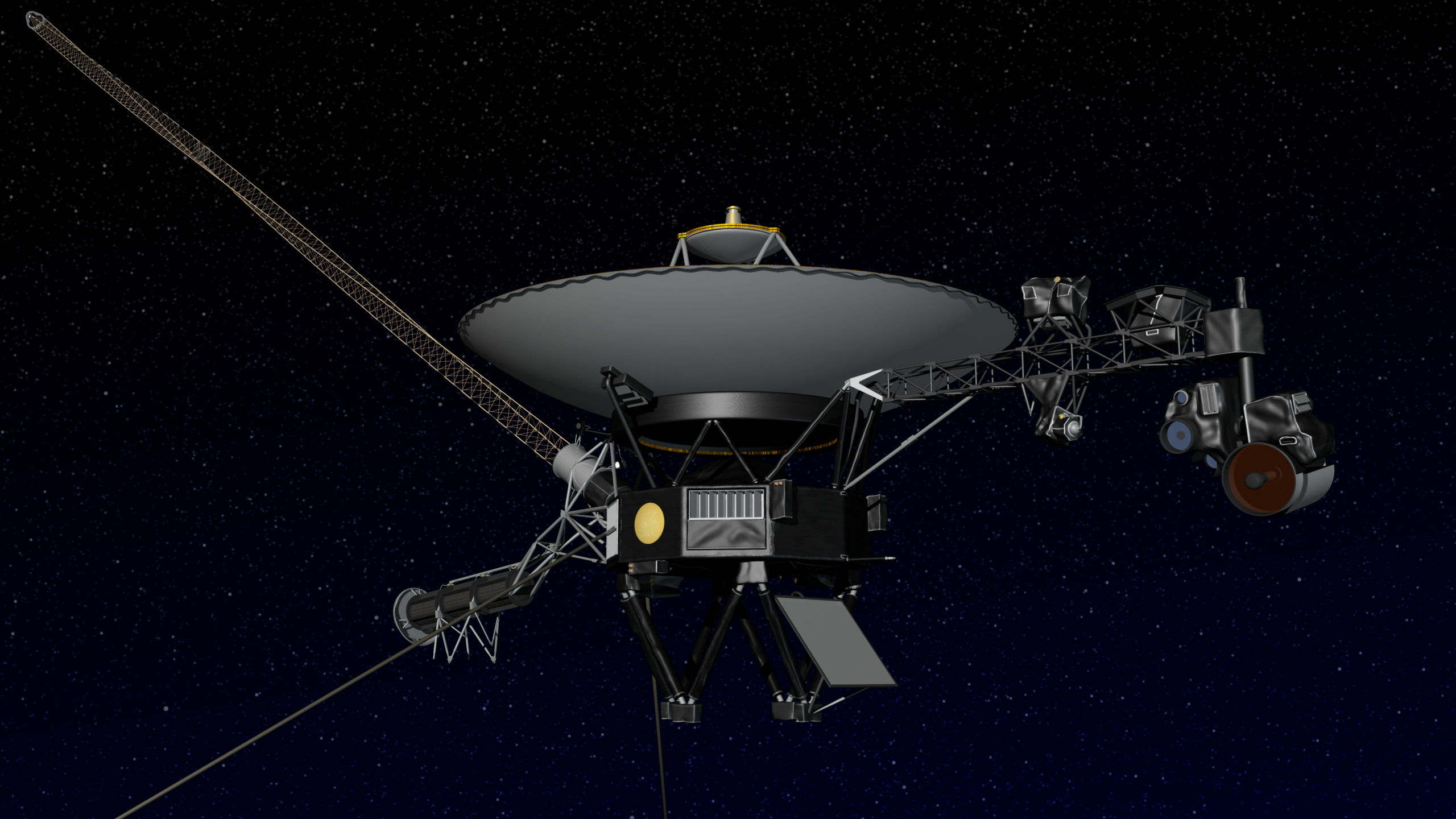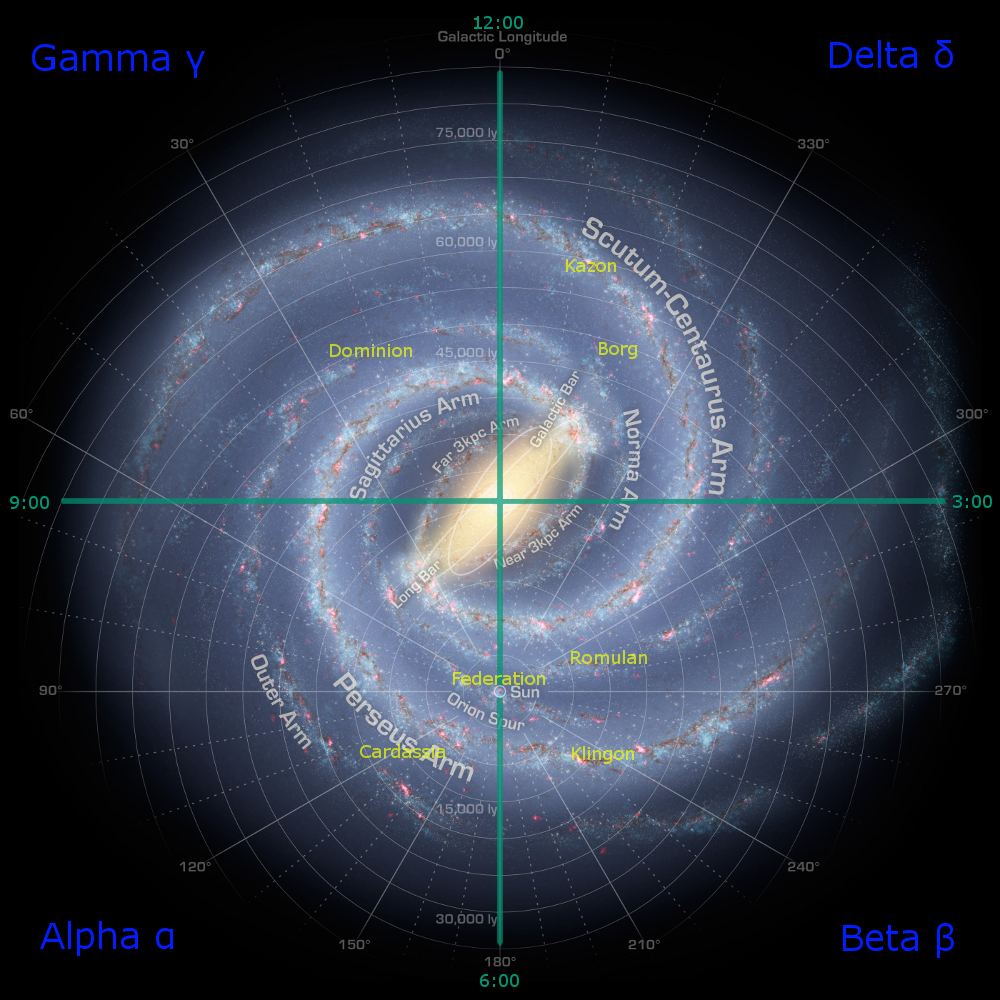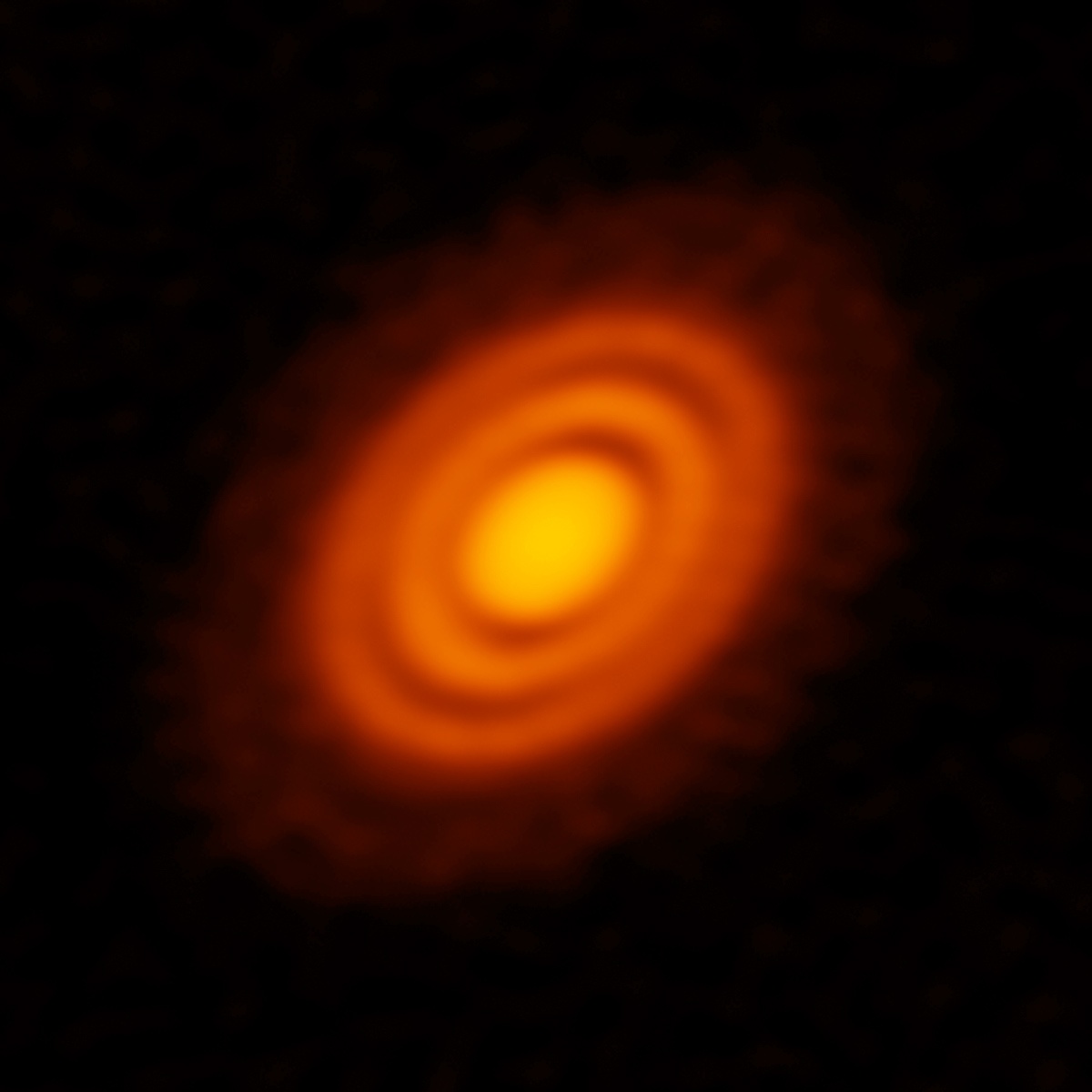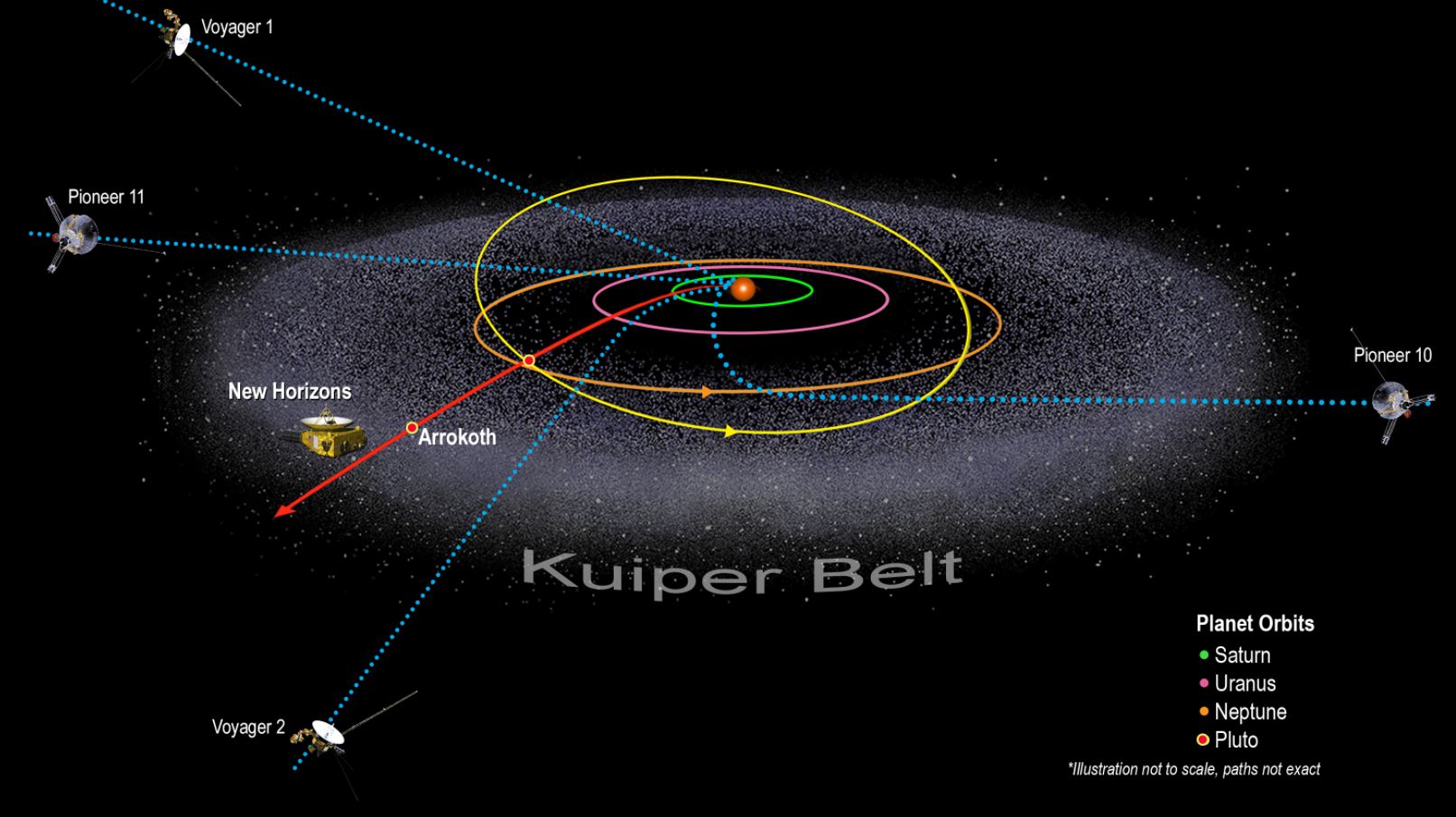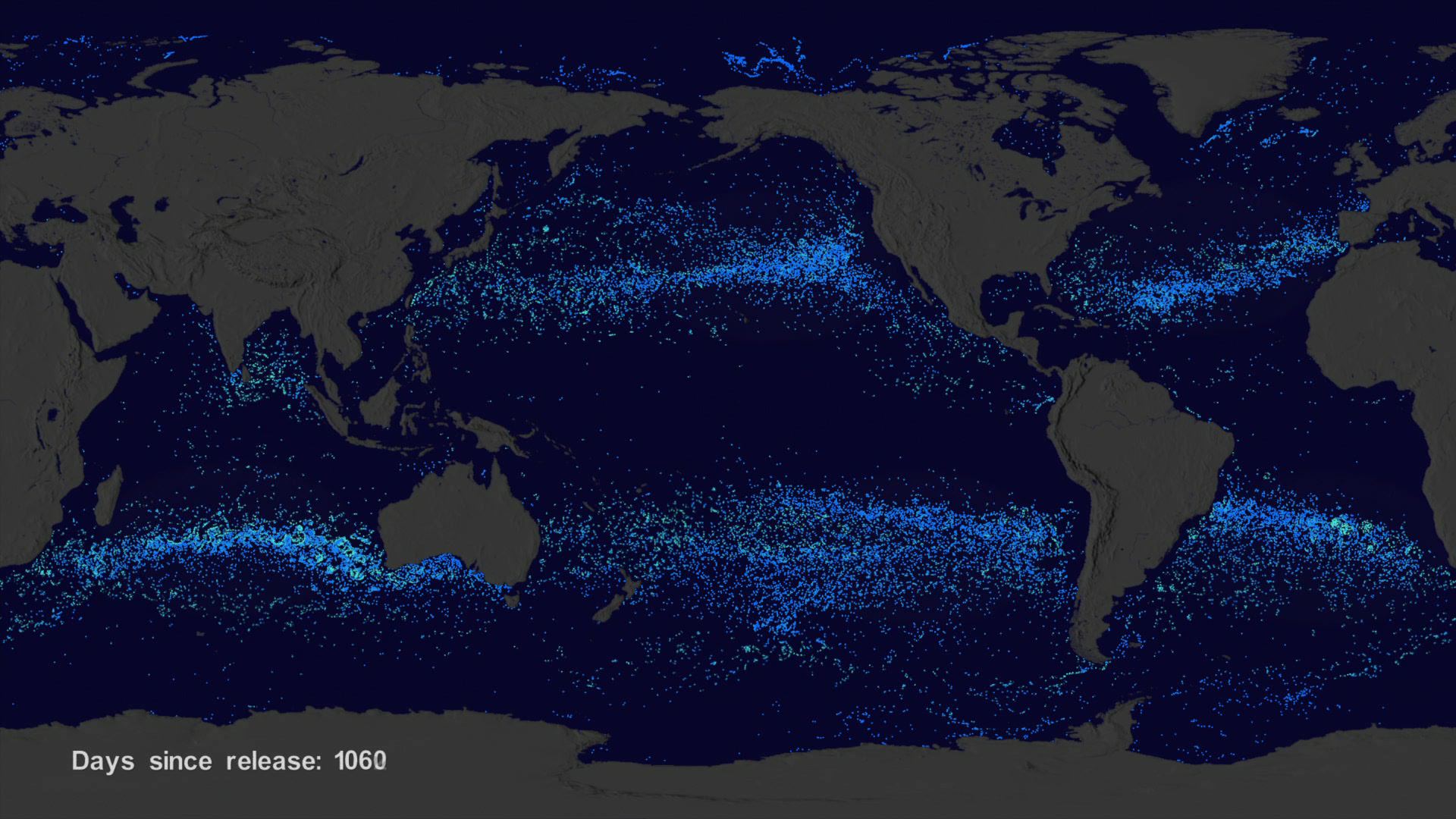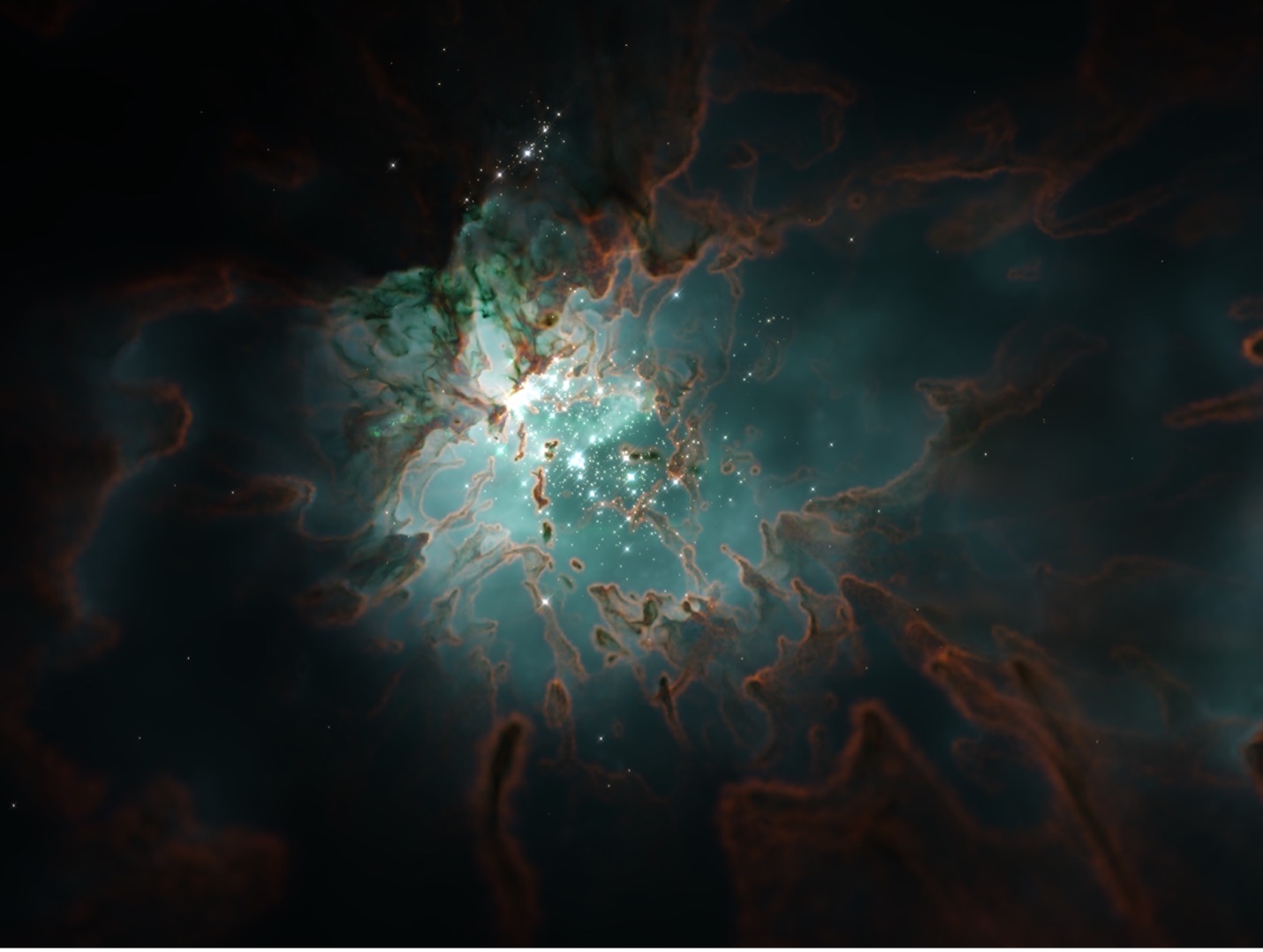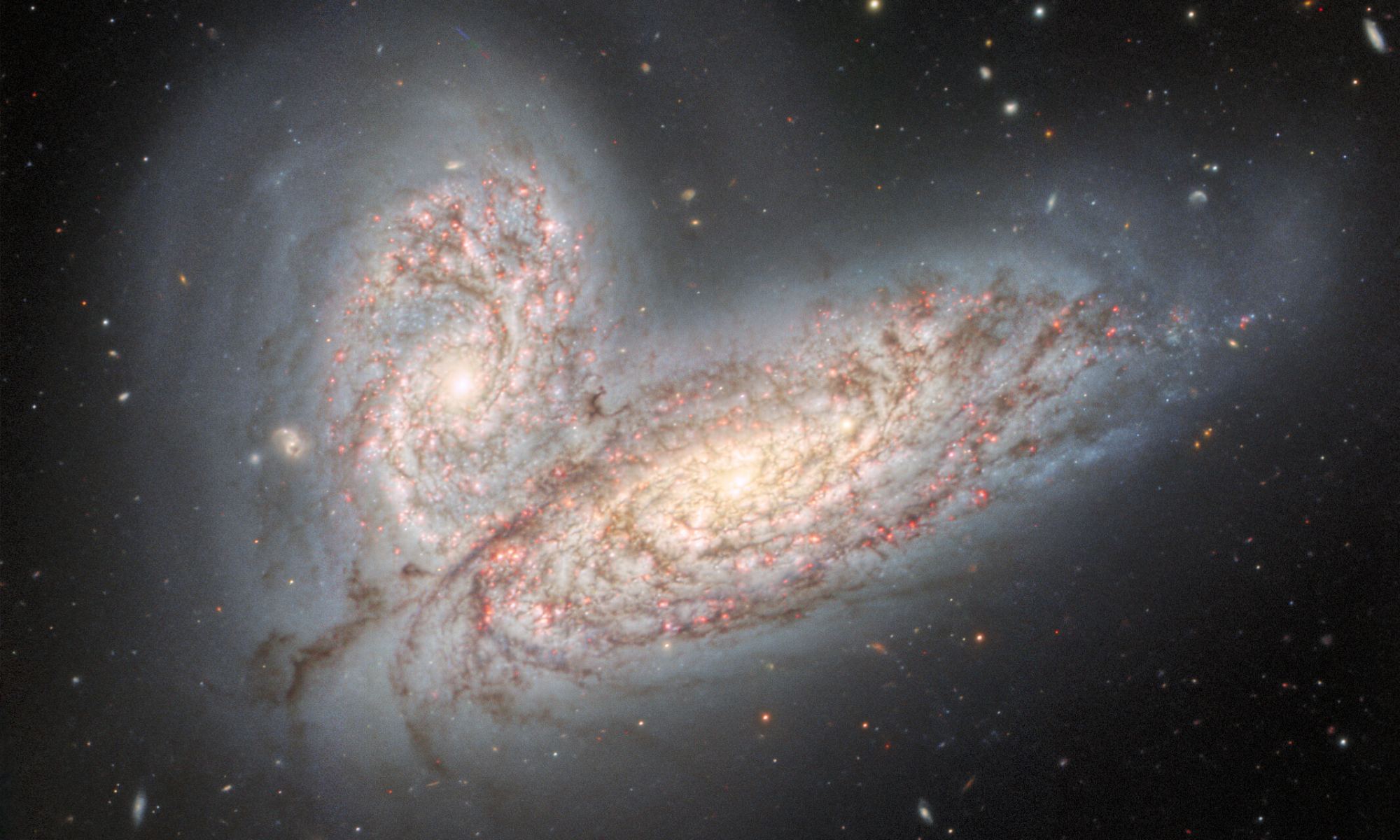What’s the recipe for forming stars? Yep, lots of gas and dust. Galaxies rich in these materials get to make a lot of stars. When the supply runs out, star formation stops. That’s what’s happened in the galaxy SDSS J1448+1010, but there’s a twist. The galaxy didn’t stop making stars because it made so many it ran out of material. No, that happened because it merged with another galaxy. That action flung most of the available gas and dust out of the galaxy entirely. Essentially, the galaxy to went “dormant” and ceased star-forming operations.
Continue reading “A Merger Completely Shut Down Star Formation”A Merger Completely Shut Down Star Formation
